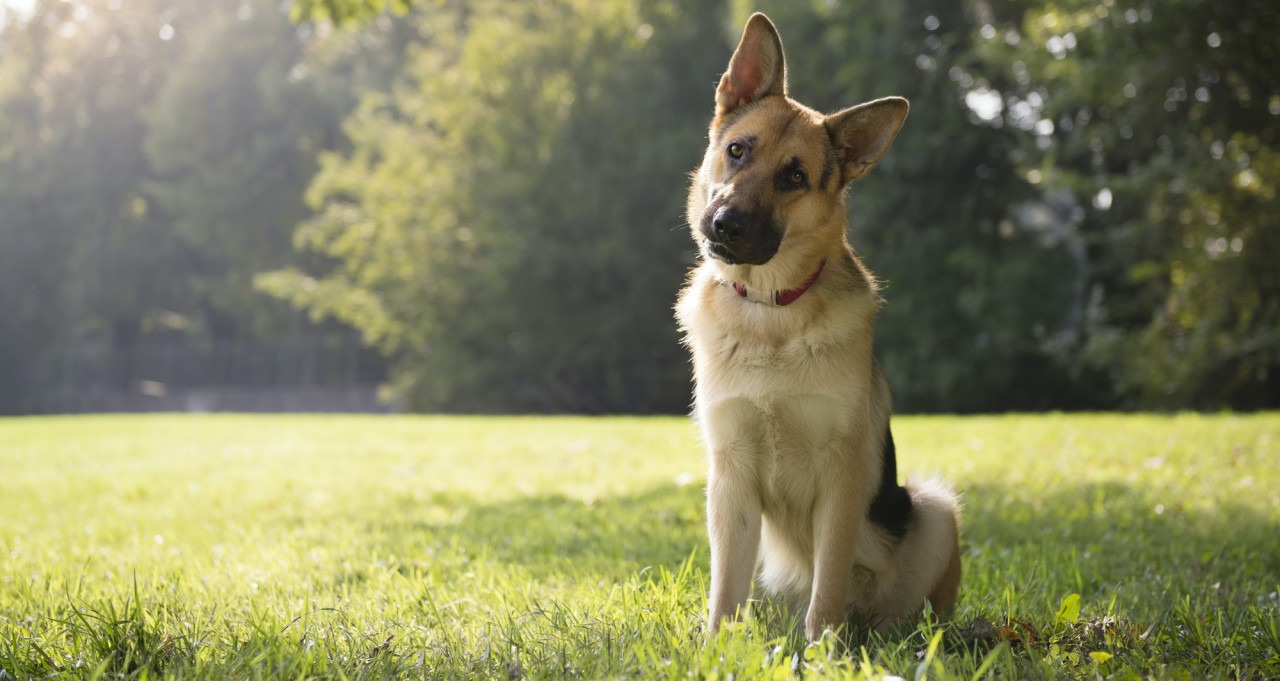The Number One Reason Teaching Duration Behaviors is Hard (And A Simple Trick to Make it Easy)
Are you one of the lucky few who find duration easy to train? Or are you like the majority of us, and struggle with getting duration on behaviours?
Because it's an abstract concept, duration can be quite a challenge to teach. Often we can get it for certain behaviours, but not others. And we have no idea why!
We end up with a dog who barks, fusses, repeats the behaviour, offers new behaviours, or just gives up and quits.
If this is you, help is here. I'm going to explain why the most common way to teach duration so often backfires, and then share the method I use that makes teaching duration a snap.
Why Teaching Duration Behaviors Often Goes South
To start, let's define duration as: "the time between the cue and the click." That is, the time between the start of a behavior, and it's end.
For example, if I say Sit! Wait three seconds, and then click and feed, provided my dog sat still throughout, I have a sit with a duration of three seconds.
Understanding duration as that which happens between two discrete events in time is important for our discussion here. But I'm getting a little ahead of myself. Before getting to how we can more easily teach duration, let's take a look at why it's often such a struggle!
If you're like me, you were told to teach duration by giving Princess a cue (let's stick with Sit!), and then feeding in position to get her to hold the position. The next step, according to this approach, is to slow down the cookies and grow duration.
This sometimes works, especially for a behavior like Sit! where the dog has a lot of reinforcement history for keeping her butt on the ground. But consider something a little more challenging, like a stand stay.
What does your dog do when you slow down the cookie while in a stand?
Many will start to shuffle their feet, drop into a sit, break position, or do any number of other things that don't involve holding a stand.
Here's why: when we slow down the cookies, we are dropping the rate of reinforcement. Which, by definition, creates an extinction condition. This can easily result in an extinction burst.
An extinction burst typically involves a repetition of the behavior (so the dog might shuffle her feet and then stand still again), new behaviors (sitting), frustration behaviors (barking), and, eventually, the extinction of the behavior itself (dog gives up and comes to us for her cookie).
In other words, by slowing down the cookie to build duration, we in fact can easily end up losing the behavior completely!
Any of this sound familiar?
Rethinking Duration Behaviors: A Shift in Perspective
Fortunately, there's a very easy fix. Recall that duration is the time that happens between the start of a behavior (the cue) and its ending (the click/feed). When we try the slow feed method, we are focusing on prolonging the start (the Sit!). Instead, we need to focus on delaying the end (the click/feed)!
This subtle shift in thinking makes all the difference.
Let me explain, sticking with our example of Sit! The click/feed at the end of our behavior is, in fact, asking the dog to do a new behavior. The click is a cue (time to eat!), which makes eating the behavior.
When we look at things this way, duration is what happens between two cues. In this case, between the cue Sit! and the cue Eat!
As such, to get duration, we simply ask our dog to perform two consecutive behaviors and then delay the second one. This will actually work for any two behaviors... creating duration in the first behavior.
For example, we can cue Sit!, and then ask for a hand touch. If we repeat this a few times, Princess will start to anticipate the hand touch after being asked to sit. Once we have this anticipation, she will hold still in her sit, waiting for the hand to come out for her to touch.
And voila! Duration on the sit!
Why This Works for Teaching Duration
Creating duration this way will work with any two behaviors that the dog can easily do in a row, including eating a treat, or responding to a location specific marker (LSM). What matters is that we place our focus on the second behavior to create anticipation.
The anticipation creates a focus that eliminates the extinction condition. Our dog is no longer experiencing a drop in reinforcement for the first behavior (our Sit!), but instead is waiting for the cue to do the second behavior and earn her cookie.
There is of course more to building strength into your duration behaviors, but this simple shift in perspective from focusing on a behavior's beginning to focusing on its end is game changing. Sound complicated? It really isn't. Give the Sit! / hand-touch sequence a try. Repeat a few times, then gradually delay holding out your hand for the touch.
What happens? Let me know!
By accepting you will be accessing a service provided by a third-party external to https://www.fenzidogsportsacademy.com/
